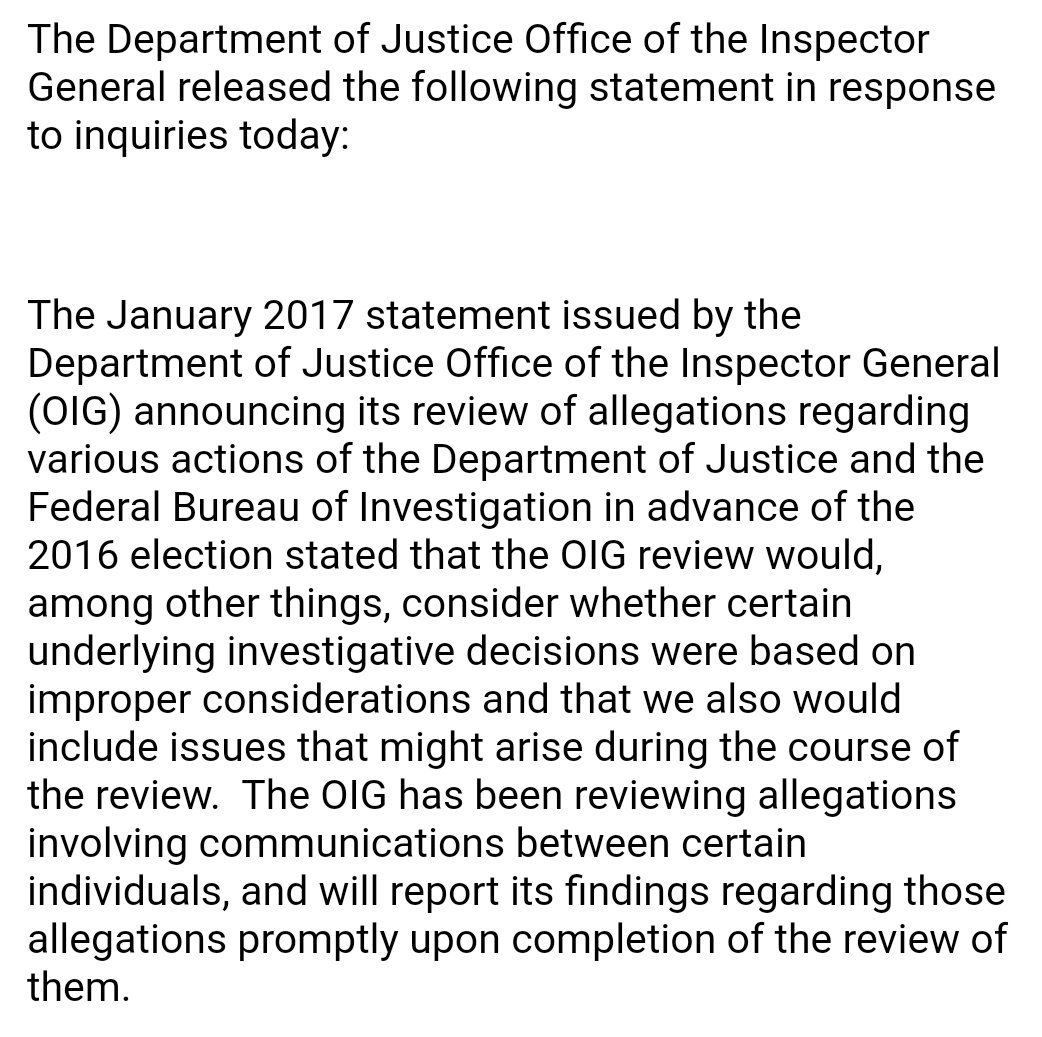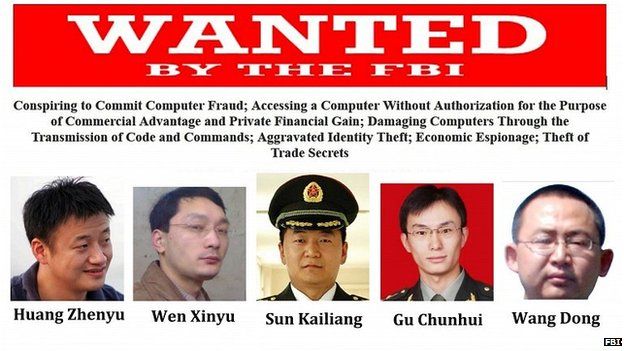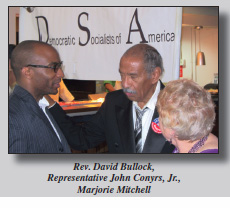The FBI released a summary of former Secretary of State Hillary Clinton’s July 2, 2016 interview with the FBI concerning allegations that classified information was improperly stored or transmitted on a personal e-mail server she used during her tenure. We also are releasing a factual summary of the FBI’s investigation into this matter. We are making these materials available to the public in the interest of transparency and in response to numerous Freedom of Information Act (FOIA) requests. Appropriate redactions have been made for classified information or other material exempt from disclosure under FOIA.
Hillary Clinton Emails FBI Report OCR by LawNewz on Scribd
There is a lot here but also know that many pages have full redactions. Parts 1-16 can be found here.
Accompanying Mrs. Clinton into the meeting were her lawyer David E. Kendall; Cheryl D. Mills and Heather Samuelson, longtime aides who are also lawyers; and two lawyers from Mr. Kendall’s firm, Williams & Connolly, Katherine Turner and Amy Saharia. Eight officials from the F.B.I. and the Department of Justice conducted the interview, according to a person who was familiar with the substance of the session but declined to be named because the meeting was private. We do know however that Peter Stzrok was in attendance in the lead in the interview.
The campaign has prioritized assisting the F.B.I., but it declined to cooperate with a State Department inspector general’s audit of Mrs. Clinton’s email practices.
Those findings, delivered to members of Congress in May, undermined some of Mrs. Clinton’s initial statements defending her use of the server.
The report said there was “no evidence” that she had requested or received approval for the server, despite having “an obligation to discuss using her personal email account to conduct official business.”
Federal law deems it a crime to “knowingly” mishandle classified information outside secure government channels or to permit the practice through “gross negligence.”
The week prior to this FBI interview, was the time that Bill Clinton met Loretta Lynch on the tarmac at the Phoenix airport.
***  Peter Strzok
Peter Strzok
Peter Strzok, also worked with FBI director James Comey on the Clinton email investigation. In fact, he was so deeply involved in the Clinton investigation that he is said to have interviewed Cheryl Mills and Huma Abedin, and to have been present when the FBI interviewed Clinton. According to CNN, he was part of the team responsible for altering the FBI’s conclusion that Clinton was “grossly negligent” in handling classified emails (a finding that could have triggered criminal liability) to “extremely careless” — a determination that allowed her to escape prosecution entirely.
*** We all know that the Russians not only intruded and continue to intrude into our political process as noted by the fake accounts and the bot operations in social media, such is the case in many foreign nations allied with the United States. Mueller’s investigative operation while countless Republicans and conservatives want the process terminated, it should be argued that these two FBI agents at a minimum were attempting to affect the election outcome significantly more than what Russia attempted to do. Let that sink in for a moment or two.
Much like the work of an inspector general, the Mueller team will recommend cases for prosecution which has already happened, however, there will be recommendations going forward to further examine the money trail, the people, the activities and further the intrusions such that going into the mid-term elections and into the general election in 2020, the United States is much more aware and possibly prepared to ward off any outside interference.
We also cannot forget John Podesta as a major player. If was completely honest and candid the first time, he would not have had to make a second appearance.
The House Intelligence Committee on Monday afternoon interviewed John Podesta in a return appearance for the former Clinton campaign chairman, according to Rep. Mike Conaway (R-Texas).
The committee was “following up on questions we had as a result of subsequent revelations with respect to Fusion and Glenn Simpson,” Conaway said, an apparent reference to the recent disclosure that Clinton’s campaign and the Democratic National Committee (DNC) helped fund a controversial dossier of opposition research into then-candidate Donald Trump.
Podesta “answered all our questions,” Conaway said, but declined to comment further.
Podesta has, in the past, been of interest to the committee over the hack of his personal email account by suspected Russian operatives.
*** Meanwhile, the former Podesta Group appears to have a new name and some new and old players.
Two more former lobbyists from the Podesta Group are striking out on their own after Tony Podesta’s firm imploded last month.
The lobbyists, Oscar Ramirez and Dana Thompson, are teaming up with Josh Lamel, who recently left BGR Group, to start InSight Public Affairs.
Ramirez and Thompson had originally planned to join Cogent Strategies, the new firm that the Podesta Group’s longtime Chief Executive Kimberley Fritts started last month. Their pictures were included on the firm’s website when it launched.
“From a client-service perspective and an everyday work perspective, it seemed natural” to join Cogent, Thompson said in an interview on Friday.
But Thompson and Ramirez continued to consider their next moves in the wake of the Podesta Group’s collapse and decided they’d rather start a firm of their own. They teamed with Lamel, who had left the BGR Group, a top Washington lobbying firm, in October with plans to open a shop of his own.
While many former Podesta Group staffers have joined Cogent, others have scattered to other lobbying firms or started their own shops. Those who have opted to strike out on their own include Paul Brathwaite, who launched Federal Street Strategies, and Josh Lahey, who teamed up with Colin Hayes, a former Senate Energy and Natural Resources Committee staff director, to start Lot Sixteen.
InSight Public Affairs will do lobbying and other public affairs work for a variety of clients with a focus on the tech and telecommunications sectors. “A large chunk of our business is going to be working with clients that are part of the innovation economy,” Ramirez said, including the clean energy industry, tech startups and financial and educational technology firms.
Around and around we go….








